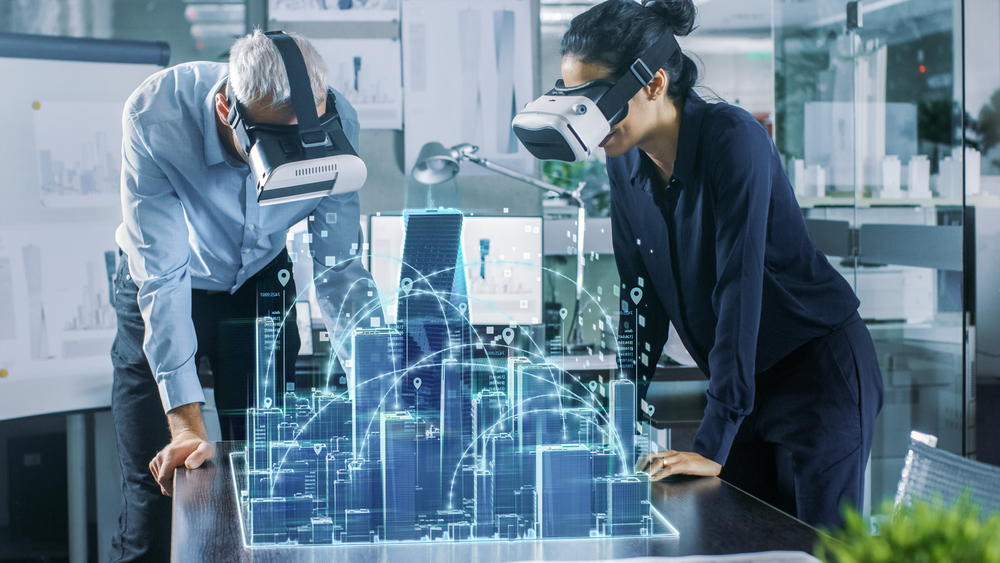Augmented and Virtual Reality - Challenges for IT Security
Virtual and augmented reality are increasingly being used in a wide variety of industries. The technology will have disruptive effects in many respects. However, worrying scenarios are also conceivable if it is compromised - whether by external attackers seeking to blackmail companies or by insider threats.

Virtual reality (VR) and augmented reality (AR) devices generate an enormous amount of information about their users. Therefore, it is critical to ensure that the information does not fall into the wrong hands. As the technology delivers its benefits in more and more sectors, Amazon Web Services (AWS) believes it is essential that enterprises understand how to secure and manage related solutions.
A virtual paradise for hackers
For protection, it helps to look at safeguards for the Internet of Things (IoT) and the experience gained there. Ultimately, before implementing such technology, companies must ensure that they are working within a closed infrastructure and with appropriate authentications.
Today's best-in-class IoT technology continuously checks configurations to ensure they do not deviate from recommended security standards. In this context, a configuration represents a set of technical and organizational controls. They are used to secure data when devices communicate with each other and in the cloud. When executed properly, maintaining and enforcing IoT configurations is not a problem. These include ensuring device identity, authenticating and authorizing devices, and encrypting device data and device communications.
As VR and AR technologies continue to create new opportunities in remote work, effective device authentication is very important. In the not-too-distant future, flying executives around the world will also no longer be necessary for board meetings and other important, confidential meetings.
In such a scenario, however, it is of utmost importance that the other person is actually who they appear to be. Otherwise, numerous new opportunities open up for attackers around corporate espionage and extortion, such as through ransomware. The solution is effective authentication. But while this can secure devices and users, it requires additional steps to protect data.
The data you do not have
In the past, IT teams have been primarily concerned about the security of personal data, salaries, and documents. With the proliferation of VR and AR in areas such as logistics, medicine and manufacturing, they too need to be scrutinized more closely with security in mind. After all, the technology can be used to tap into medical information, for example. Or information that reveals how users interact with the environment can fall into the wrong hands.
As AR and VR become more and more important, there will probably be new laws and regulations in this area in the future. It is therefore important to follow developments in this context closely and to bring them into line with your own processes.
The new reality
The possibilities created by VR and AR are very promising. Immersive experiences and remote control capabilities were once science fiction and are now reality. However, this also applies to disruptions and attacks by cyber criminals.
The use of VR and AR requires a large leap of faith from users. By using the latest authentication and IoT security techniques and working with an expert partner, companies can ensure that this trust is not lost.
Text: Bertram Dorn, Principal Solutions Architect Security and Compliance, Amazon Web Services









